Helicopter Flight: Unveiling Urban Vistas from Above
A helicopter flight offers a unique perspective of cities, revealing hidden gems and intricate detai…….
Helicopter flight, an extraordinary feat of aviation engineering, has captivated the world with its unique abilities to soar through the skies vertically and navigate in all dimensions. This article aims to embark on a comprehensive journey through the realm of helicopter flight, exploring its historical evolution, global impact, technological innovations, economic implications, and its role in shaping various sectors. By delving into these aspects, we will uncover the significance of helicopter flight and its potential to revolutionize transportation, rescue operations, tourism, and more.
Definition: Helicopter flight refers to the operation and navigation of aircraft that achieve lift-off and vertical movement using rotor blades. This distinct feature sets helicopters apart from fixed-wing planes, allowing them to hover, climb, and descend at will, making them highly versatile.
Core Components:
Historical Context: The concept of vertical flight can be traced back to ancient times, but practical developments began in the 19th century. Brothers Orville and Wilbur Wright’s experiments with wing warping laid the foundation for controlled flight. However, it was the invention of the rotor blade by Gustave Ponton d’Amecourt in 1872 that marked a significant milestone. The first successful powered helicopter flight occurred on November 14, 1903, when French aviation pioneer Louis Blériot flew the Blériot XI for 60 feet. Since then, helicopter design and technology have evolved exponentially.
Significance: Helicopter flight offers unparalleled versatility in transportation and access to remote areas. Its ability to hover provides a unique advantage for rescue operations, law enforcement, and military applications. Moreover, helicopters play a vital role in civil aviation, tourism, and industrial tasks like aerial surveying and construction.
Helicopter flight has left an indelible mark on global mobility and accessibility. Its influence varies across regions, with some areas embracing it as a cornerstone of their transportation infrastructure.
North America and Europe: These regions have witnessed extensive adoption of helicopters for both civil and military purposes. The United States, in particular, has a robust helicopter industry, with companies like Sikorsky and Bell leading the way in innovation. European countries have also integrated helicopters into their emergency response systems, with Germany’s Black Hawk-like NH90 being a notable example.
Asia Pacific: Rapid economic growth in this region has spurred demand for helicopters, particularly for luxury tourism and corporate travel. Countries like Japan and Australia have invested in advanced helicopter technologies, while China is emerging as a significant manufacturer, offering cost-effective options to the global market.
Middle East and Africa: The oil and gas industry in the Middle East has fueled helicopter usage for offshore operations and rapid response teams. In Africa, helicopters play a crucial role in connecting remote communities and supporting humanitarian efforts.
Trends Shaping the Future:
The global helicopter market is a dynamic and lucrative sector, driven by various economic factors.
| Market Segment | Revenue (2021) | Growth Rate (2022-2027) |
|---|---|---|
| Civil Helicopters | $15.2 billion | 6.8% |
| Military & Government | $13.5 billion | 4.2% |
| Commercial Services | $8.7 billion | 5.9% |
| Total Global Market | $37.4 billion | – |
Helicopter technology has witnessed remarkable advancements, pushing the boundaries of what was once thought possible.
Composite Materials: The use of lightweight composite materials like carbon fiber has revolutionized helicopter design, improving efficiency and reducing fuel consumption.
Advanced Avionics: Modern helicopters are equipped with sophisticated avionics systems, including GPS, flight management computers, and glass cockpits, enhancing safety and navigation accuracy.
Engine Efficiency: Gas turbine engines have evolved to deliver higher power-to-weight ratios, enabling longer range and improved performance at higher altitudes.
Rotor Blade Design: Researchers are experimenting with advanced blade designs, such as flexible or variable-geometry blades, to improve lift-to-drag ratios and reduce noise levels.
Digital Integration: The integration of digital technologies like artificial intelligence (AI) and machine learning is expected to enhance helicopter autopilots, predictive maintenance systems, and flight planning processes.
Helicopters’ unique capabilities have led to their widespread adoption across various sectors.
Transportation:
Emergency Response:
Tourism: Luxury helicopter tours offer breathtaking views, catering to high-end travel experiences.
Industrial Applications:
Military & Law Enforcement: Helicopters are crucial for tactical operations, transport, and surveillance in military and law enforcement agencies worldwide.
Despite its numerous advantages, helicopter flight also faces challenges that require careful consideration.
The future of helicopter flight holds immense promise, with technological advancements poised to transform the industry further.
Electric Helicopters and eVTOLs: The shift towards electric power is expected to reduce noise pollution and carbon emissions significantly. Companies like Volocopter are already testing passenger-carrying eVTOLs, aiming for efficient urban air mobility.
Autonomous Systems: Unmanned helicopters equipped with advanced sensors and AI will revolutionize surveillance, search and rescue, and even delivery services. These systems can operate in harsh environments, reducing the risk to human pilots.
Advanced Materials and Design: Future helicopters may incorporate new materials like graphene and advanced composites to enhance structural integrity while reducing weight. Aerodynamic designs will become more sophisticated, improving fuel efficiency and performance.
Integration of AI and Digital Technologies: Artificial intelligence will play a pivotal role in flight planning, predictive maintenance, and optimizing helicopter operations. Digital twins and real-time data analytics will enable more efficient fleet management.
In conclusion, helicopter flight has transcended its initial use as a specialized aircraft to become an integral part of global transportation, rescue, and industrial sectors. With continuous technological advancements and a growing demand for vertical mobility, the future of helicopters promises exciting possibilities, shaping the way we move through the skies.

A helicopter flight offers a unique perspective of cities, revealing hidden gems and intricate detai…….
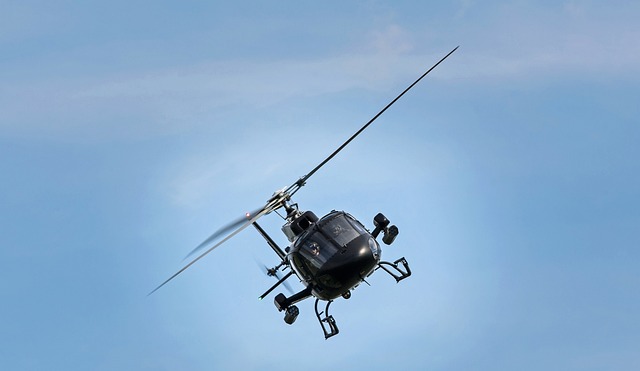
Urban aerial excursions, particularly helicopter flights, are gaining popularity for their unique an…….

Helicopter flights blend luxury and adventure, offering breathtaking aerial vistas and access to rem…….

Experience the allure of a helicopter flight for an unparalleled view of city skylines. This unique…….
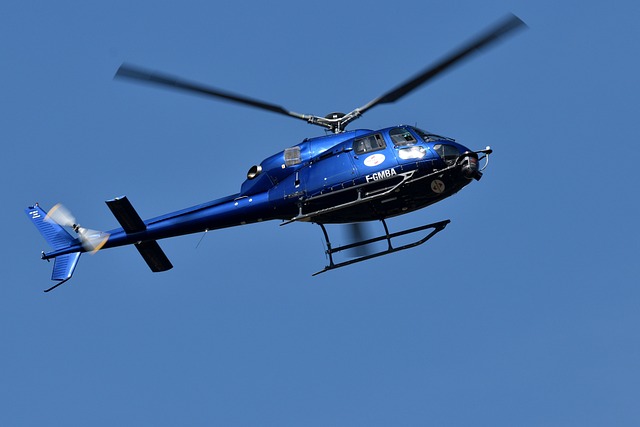
Helicopter flights offer unique aerial experiences, ideal for urban exploration like [City Name]…….

Take a thrilling helicopter flight over Dubai for a unique view combining modern marvels like the Bu…….

The Exclusive City Tour offers a unique, immersive experience combining a breathtaking helicopter fl…….
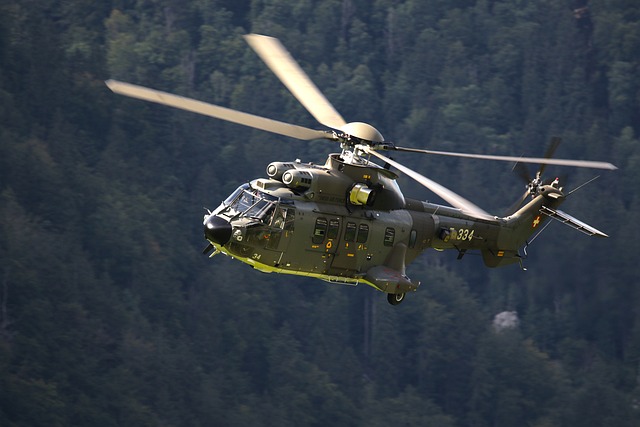
Experience the beauty of desert landscapes from above with a helicopter flight, transforming vast sa…….
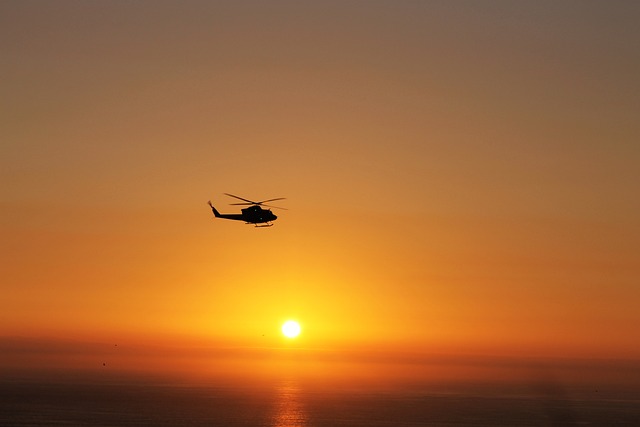
Experience the Persian Gulf from above with a helicopter flight, offering a unique blend of breathta…….
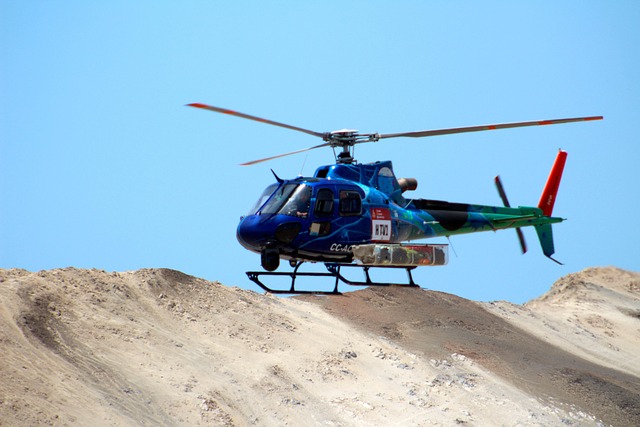
The future of urban mobility is taking to the skies with the rise of helicopter flights and vertical…….

Elevate your Dubai vacation with an unforgettable helicopter flight at Burj Al Arab. Soar above the…….

Helicopter flights offer tourists a unique perspective from above, showcasing breathtaking landscape…….